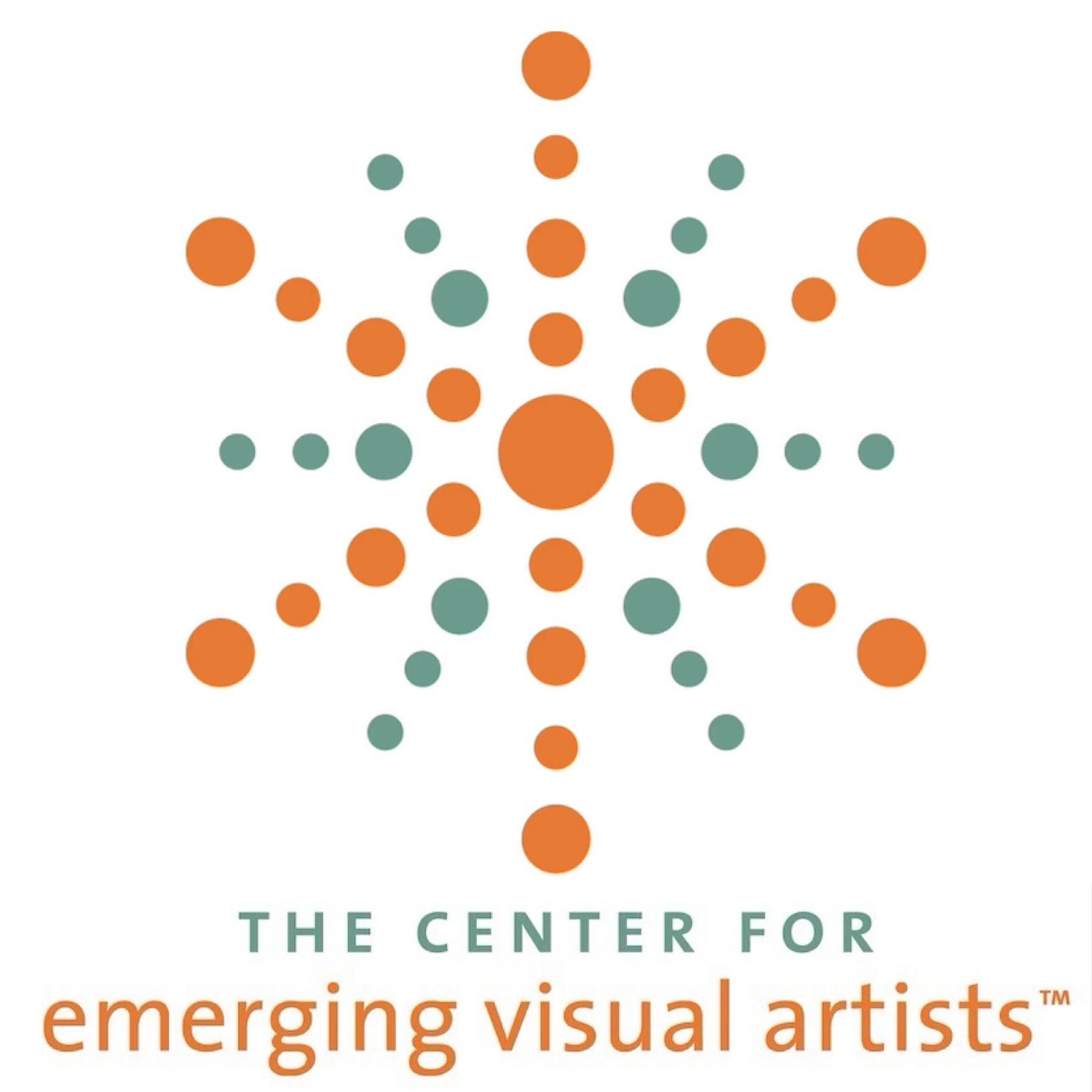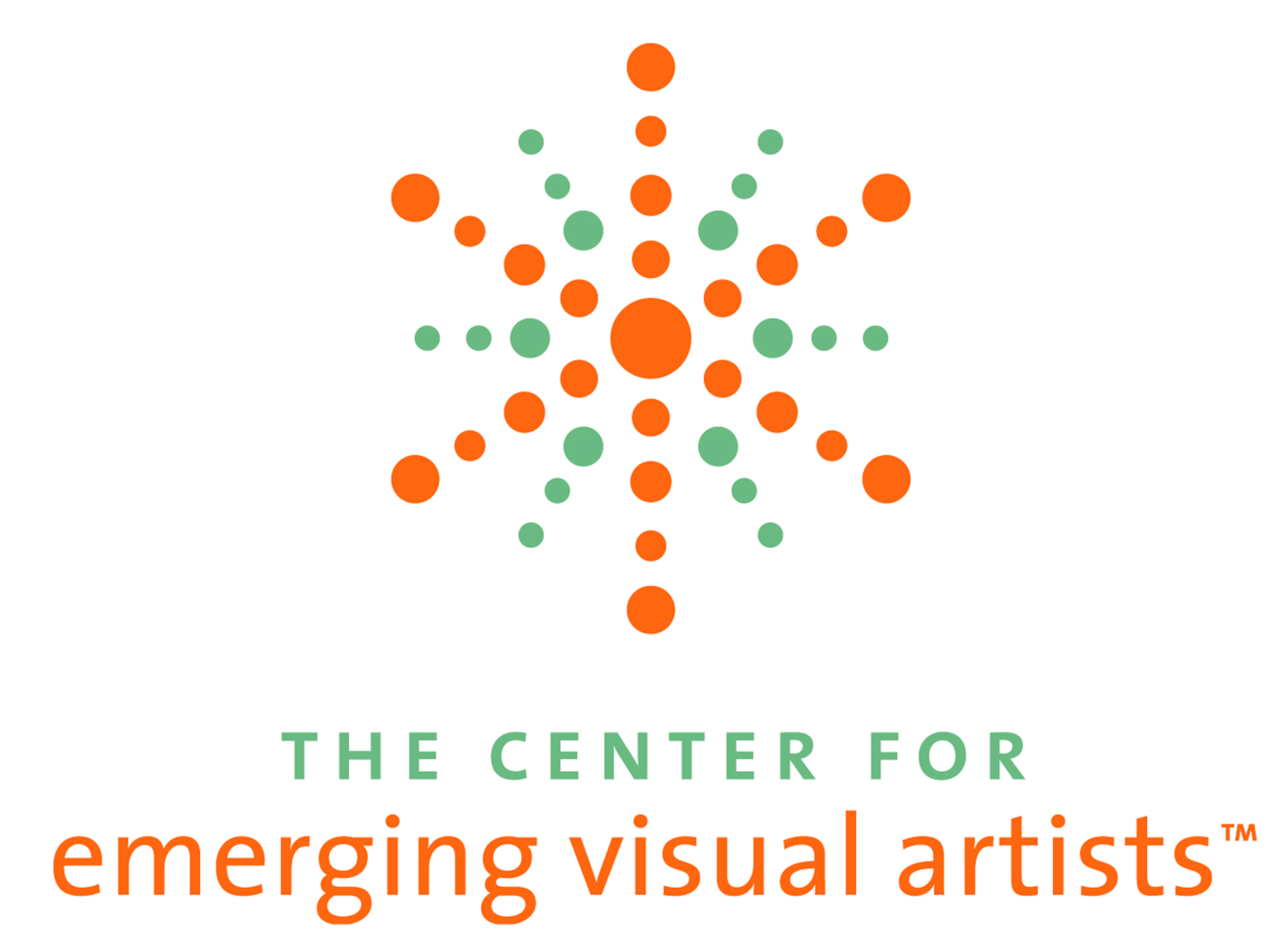
Steve Rossi
Art in the Open
Steve Rossi’s interdisciplinary practice incorporates aspects of sculpture, sewing, drawing, and painting, while investigating relationships between social systems of organization and the spaces that our physical bodies exist within. He received his BFA from Pratt Institute in 2000 and his MFA from the State University of New York at New Paltz in 2006. His work has been exhibited at Dorsky Curatorial Projects, Eco Art Space, NURTUREart, Bronx Art Space, the Wassaic Project, the John Michael Kohler Art Center, the Jules Collins Smith Museum of Fine Arts, and the Hudson Valley Museum of Contemporary Art among many others. As a part-time faculty member, Rossi has taught in the First Year Program at Parsons School of Design, the Sculpture Program and Art Education Program at the State University of New York at New Paltz, and in the Art Department at Westchester Community College. He is currently an Assistant Professor in the Sculpture Program at Saint Joseph’s University.
I’ll be drawing attention to how Philadelphia transformed a public health crisis into an extensive public works opportunity that improved living conditions for future residents. Through using a combination of laser etching and watercolor washes, this project will address the history between the yellow fever outbreak of 1793 and the development of the Fairmount Water Works facility on the Schuylkill River. At the time, yellow fever was not clearly understood; although spread by mosquitos, it was thought that contaminated drinking water led to the spread of the virus. In this project, historical technical diagrams of the three different stages of the Fairmount Waterworks pumping systems (the steam engine pump, water wheel pump, and turbine pump) will be laser etched on paper in advance. Through watercolor washes, microscopic views of the yellow fever virus cell structure will also be incorporated. The imagery of mechanical and organic structures will be layered together providing a visual counterpoint. For the watercolor washes, water collected from the Schuylkill River will be used—creating an integral site specific connection.




